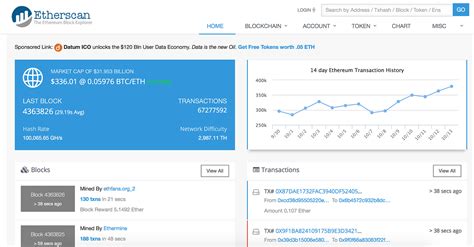Understanding the Ethereum Permissioned Transfer Rule
When you implement an ERC-20 token contract that is not valid on the Ethereum blockchain and grant it permission to use your digital wallet funds for specific purposes, including transferring a certain amount of tokens, there are rules that must be followed. In this article, we will explore what happens when these conditions are met and when transactions involving permitted transfers can occur.
Permitted Transaction
To initiate a permitted transfer, you must take the following steps:
- Granting Permission: You grant your contract permission to use your wallet funds for a specific purpose.
- Creating a Permit: Your contract creates a “permit” that specifies the amount of tokens and the recipients who are authorized to spend those tokens.
- Funds Transfer: The recipient of the permitted transfer is asked to sign the permit, which serves as proof that they received the approved tokens.
Moving tokens before transfer
Now, let’s say you move your 20 ERC-20 tokens from one wallet to another before transferring them using “transferFrom”. Here’s what might happen:
- Transaction Creation: The transfer of funds (the 20 tokens) is recorded in a transaction log.
- Verification and Approval: The recipient’s wallet verifies the signature on the permit, which was signed by your contract. If everything is valid, they approve the transfer.
- Permission Update: Your contract’s permission to spend these tokens remains active, but you no longer have direct access to them.
When Allowable Transfers Occur
Allowable transfers can occur in several scenarios:
- Approved Transactions: The receiving wallet has signed the permit and approved the transfer when moving tokens.
- Recipients Sign the Permit: The recipient wallets verify their signatures on the allowed transfer permit before approving the transaction.
Potential Issues and Mitigations

While allowing transfers can be useful for token management, there are scenarios where it may not work as intended:
- Wallet Signing Permits: If multiple wallet owners sign the allowed transfer permit, it can lead to inconsistencies in token balances.
- Recipient Wallets Fail to Approve: If a recipient wallet fails to verify or approve the transferred tokens, the transaction will fail.
Mitigate Risk
To avoid potential issues with permissioned transfers:
- Verify Signatures: Always verify that the recipient’s signature on the permit is valid before approving the transfer.
- Monitor Wallet Activity
: Regularly check the recipient’s wallet transactions for any inconsistencies or suspicious activity.
- Implement Token Management: Use a token management system to maintain accurate and up-to-date information about your tokens.
By understanding the permissioned transfer rule in Ethereum, you can better manage your ERC-20 tokens and ensure that they are used as intended. While there may be scenarios where permissioned transfers do not work as expected, there are steps you can take to mitigate potential risks and maintain transparency throughout the process.

